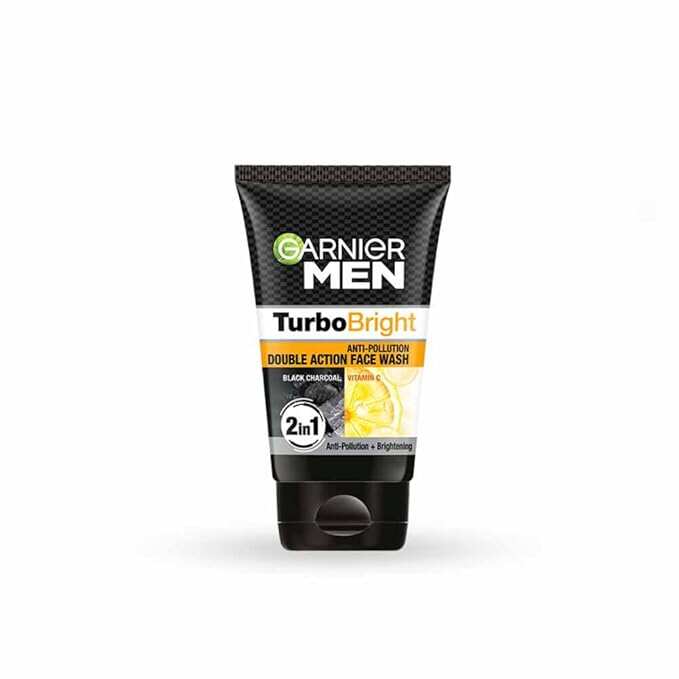Facts & Benefits Of Kumbhaka Pranayama
Feb 16, 2022, 04:10 IST
It's a simple breathing technique in which you hold your breath for a brief or lengthy period of time. You can use this helpful approach whenever you need to concentrate or relax.
Starting position :
- Conditioning can be done in Sukhasana or any other contemplative pose.
- Sit in a sturdy chair with an erect backrest if you can't sit on the floor.
- Maintain a straight body above the waist and a straight spine. Close your eyes.
Sequence of steps for Kumbhaka Pranayama:
- After a short exhale, begin inhaling deeply and regularly in one long, uninterrupted breath.
- Continue inhaling until you feel a sense of fullness in your chest.
- Keep the air you just inhaled for 10 seconds (preferably double the period of inspiration).
- Ensure that there is no excessive abdominal movement.
- The spine, head, and neck are kept erect while sitting.
- Make sure your facial muscles are relaxed and your nose isn't clogged.
- Inhalation is steady and rhythmic, with no jerks or breaks.
- Now exhale slowly and gently, avoiding any jerky or hurried movements.
- Relax by taking a few natural breaths.
Recommended practice:
- Practice 5 rounds per session, with a breather in between rounds, on a daily basis.
- Begin with a 5 second inhale followed by a 10 second retention. When practised regularly, gradually increase it by 1 second per week.
- Practice without straining to a count that is comfortable for you.
Limitations /Contraindications:
- Children under the age of 12 should not participate in sports.
- In severe cardiac and hypertension conditions, it is not indicated.
Benefits of Kumbhaka Pranayama:
- Dead space air, residual air, and alveolar air have a hygienic effect.
- The air is well ventilated.
- Intra-thoracic and intra-pulmonary air pressures are improved.
- Increased carbon dioxide levels (due to retention) activate the respiratory centre in the brain, resulting in increased oxygen exchange.
- Improves health and concentration by increasing oxygenation.
- Reduces the workload on the circulatory system.

